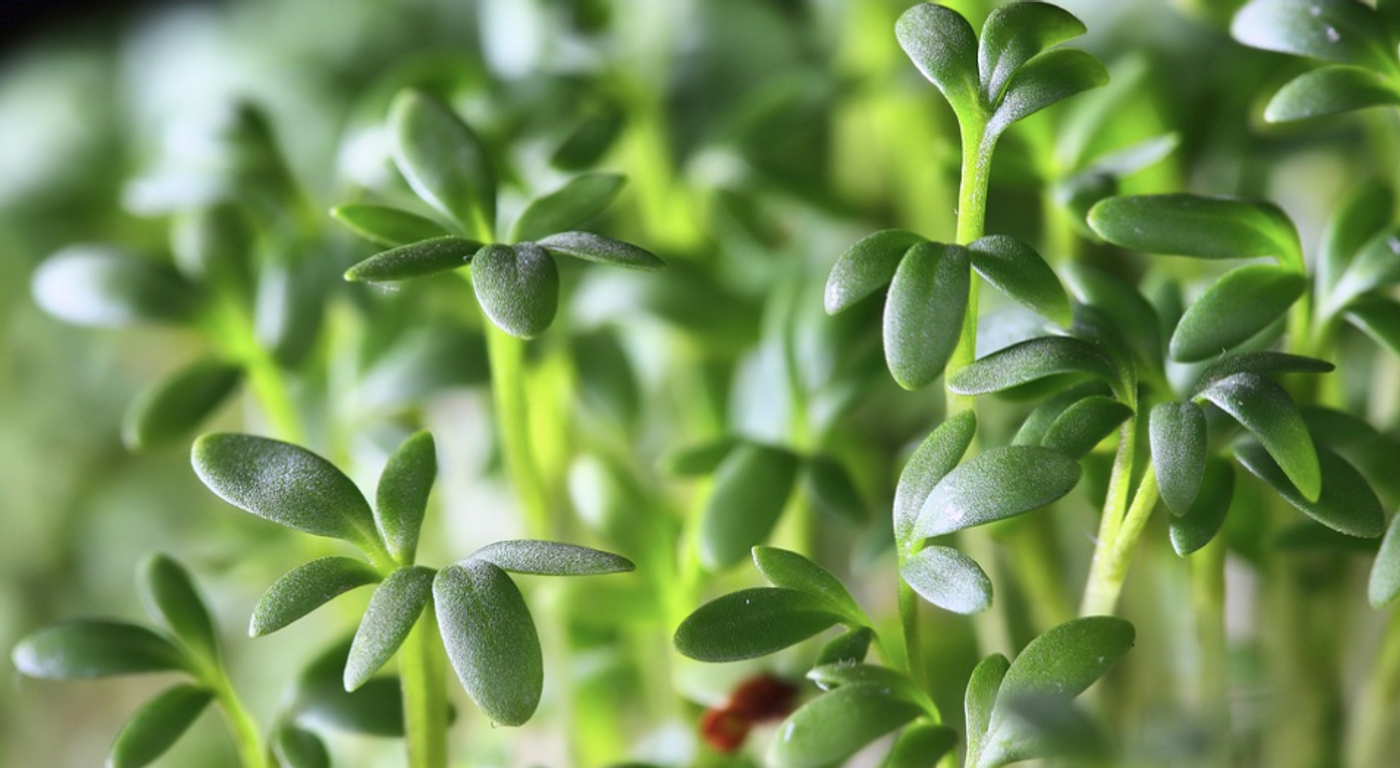Plants Can Pass Down Epigenetic Memories
In recent years, scientists have shown that parents can pass down more than just their DNA sequences to their offspring; they can also pass down epigenetic marks like chemical tags or structural changes, which don't alter the bases of the genome, but can have a significant influence on how genes are expressed. This phenomenon is also seen in plants, and the process is known as epigenetic inheritance.
The plant gene DDM1 (decrease in DNA methylation 1) was discovered in Arabidopsis plants long ago. It encodes for an enzyme that can remodel chromatin, and is also needed for DNA and histone methylation. DNA has to be compacted to fit into a cell, and chromatin refers to packaged DNA. When DNA is coiled up, not all parts of the genome are accessible, and the cell has to be able to quickly remodel the genome if needed so certain genes can be expressed, or deactivated.
Transposons often have to be deactivated, for example, because these genes can move or 'jump' around the genome when they are active, and they can cause serious disruptions to other genes. Epigenentic markers like methyl tags can help turn transposons off, and render them harmless. But the cell has to be able to put methyl tags on DNA in the right places to have the right regulatory effect.
DDM1 helps plant cells create space in the packed genome for methylation. When DNA is packaged and compacted, the enzymes that do the job of methylation can be blocked. Before methylation can happen, "you have to remove or slide the histones out of the way," explained Rob Martienssen, a Cold Spring Harbor Laboratory (CSHL) Professor and Howard Hughes Medical Institute Investigator. DDM1 helps move DNA along histones, exposing the sites in need of methylation. Histones are still able to move around to expose parts of the genome, but they never fall off, like a yo-yo on a string, Martienssen explained.
The histones that are shifted by DDM1 were also identified in this study, which was reported in Cell. Electron microscopy was used to visualize the interaction between DNA, packing proteins, and the enzyme. DDM1 can grab certain histones, remodeling the compacted DNA.
All of this activity is also preserved across generations of plants. The researchers showed that DDM1 retains a preference for interacting with specific histones over multiple generations. One histone that is only found in pollen does not respond to DDM1, and instead becomes a placeholder during cell division.
"It remembers where the histone was during plant development and retains that memory into the next generation," noted Martienssen.
These findings may also apply to other organisms. People carry proteins that are similar to DDM1, and which help maintain methylation in the genome. More research will be needed to determine if these findings have parallels in mammals, but they may help explain how these proteins assist the human genome. The work could also have implications for agriculture or food engineering.
Sources: Cold Spring Harbor Laboratory, Cell









